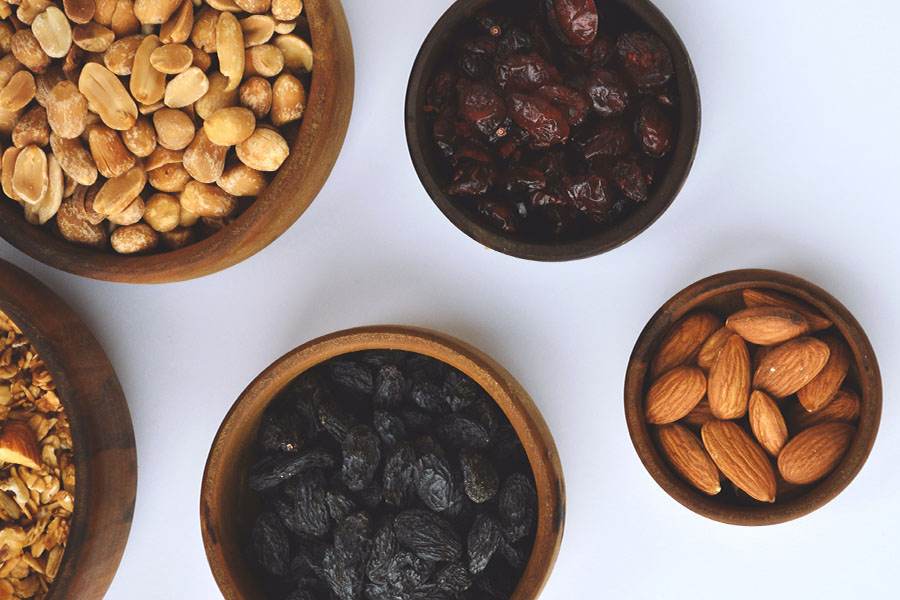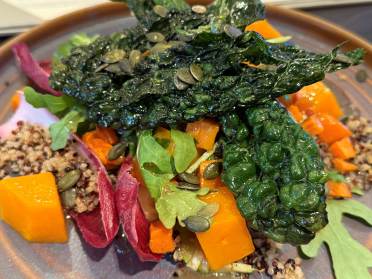
Fibre is important for several health reasons including reducing constipation, lowering cholesterol and reducing blood sugar levels.
There are two different types of fibre and they serve different roles.
Soluble fibre is the kind that your body can digest. It impacts cholesterol and blood glucose. Soluble just means it can dissolve in water. As they are fermentable, they can cause bloating and gas, so it’s not recommended to exceed dietary guidelines.
The other kind, insoluble fibre, doesn’t dissolve and it's the type of fibre which helps in bowel health. It can also be helpful in preventing piles due to its important role in relieving constipation.
Benefits of more fibre
According to Eating Well, there are a load of benefits to a high-fibre diet including weight management, better gut health, lowering the risk of heart disease and some cancers. However, the most surprising benefit may be its effect on the risk of Type 2 Diabetes.
“A recent analysis of 19 studies, for example, found that people who ate the most fibre - more than 26 grams a day - lowered their odds of the disease by 18 percent, compared to those who consumed the least (less than 19 grams daily),” says Eating Well in a recent article. As mentioned before, insoluble fibre can also help prevent piles caused by strain related to constipation.
Sources of soluble fibre
According to Medline Plus, “soluble fibre is found in oat bran, barley, nuts, seeds, beans, lentils, peas, and some fruits and vegetables” naturally. Chia seeds are one of the highest sources of soluble fibre. There are also supplements you can take, but please consult your GP before starting any new regime.
Sources of insoluble fibre
Medline Plus notes that insoluble fibre can be found naturally in “foods such as wheat bran, vegetables, and whole grains.” Wheat bran is widely considered the highest insoluble fibre source at 24g per cup. There are also supplements available for insoluble fibre but talk to your GP before beginning supplements.
Working fibre in
Here are a few easy tips to start working more fibre into your diet in manageable ways:
- Start your day with bran or cereal that’s fortified high in fibre. Add in some berries to improve taste and add more valuable nutrients.
- Replace all your pasta with the whole grain versions.
- Sprinkle chia seeds on all your side salads. Remember, they are packed with soluble fibre.
- Include avocados where you can, either or toast or in a salad.
- Snack on nuts and whole fruits to get more fibre
- Don’t skin your fruits and veggies wherever possible. Skin is often packed with fibre.
- Avoid juicing your fruits and veggies. Eat them whole instead.
- Talk to your GP about fibre-rich supplements
Fibre supplements
If you have concerns with achieving your fibre levels or constipation, a supplement may help. There are several on the market to choose from. However, most are only exclusively one type of fibre. Lisa Torborg, of the Mayo Clinic, advises:
“FiberCon (calcium polycarbophil) and Benefiber (wheat dextrin) are mainly soluble fibre. They tend to cause more bloating and flatulence. Citrucel (methylcellulose) is mainly insoluble fibres that are nonfermentable, so it’s less likely to contribute to bloating and gas. Psyllium husk (Metamucil and Konsyl) is rich in both soluble and insoluble fibre.”
Read more nutrition and fitness advice from the Audley Club.


































